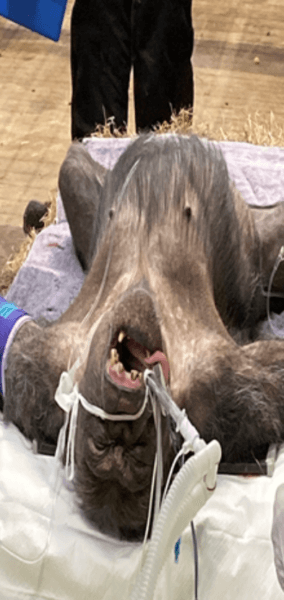Dogs have always been an important part of my life and as an animal lover, I have had an interest in veterinary dentistry for many years. In the past, I have been very fortunate to work with veterinary surgeons in Hampshire and Dorset as part of a veterinary dental referral team.
We would examine, diagnose and treat small animals such as dogs, cats, rabbits and chinchillas and provided all types of treatment as we would for humans including restorative treatments and endodontics. We even carried out endodontic treatment and placed a crown on the lower canine of a police dog that had suffered a tooth fracture at work. In addition, we carried out periodontal treatments, extractions, biopsies, tumour resections, orthodontic treatment for traumatic malocclusions and on one occasion carried out repairs to a tortoise shell when it had been accidentally run over by a lawnmower!
Generally, the treatment principles are the same as in humans, however, there are the obvious variations in anatomy and the practicalities of carrying out veterinary dentistry are very different.
Most treatments are carried out under general anaesthesia, although I have repaired a very well-trained dog’s orthodontic appliance with the animal conscious. Some modifications are also needed to the instruments used. For example, working lengths for canine endodontic treatment are usually in the order of 30-40mm. Last year Dentsply Sirona released a new range of 70mm length reciprocating NiTi endodontic files for use with their X Smart IQ motor.
Veterinary dentistry is also carried out on much larger animals as well. In October 2019 I was very excited to be asked by Matthew Oxford & Sue Vranch of New Forest Veterinary Dentistry Service to visit Port Lympne Wild Animal Park to assist with root treatment on a Barbary Lion – Milo. He had two fractured canine teeth which had resulted in pulpal necrosis leading to periapical infections. As extraction of these teeth would have involved an extremely large surgical procedure, endodontics was the preferred treatment option. Due to the length and shape of these roots the treatment was very challenging; the whole tooth length was over 13cm, the roots themselves being 7cm long but the pulp chambers were less than 2mm wide at their widest point. To try and ensure straight line access to the pulp canal the access cavity was prepared on the mesial surface of the canines, just above the gingival margin. The pulp canal within the coronal part of the tooth was then accessed from the fractured incisal tip. The same endodontic protocols as we use in humans were then followed to enable effective cleaning and shaping of both sections of the root canal. Following obturation, light cured composite restorations were placed in the access cavities.
The treatment was all carried out outside in Milo’s enclosure with his mate and 3 cubs watching from a distance! We heard that Milo recovered well from his procedure.
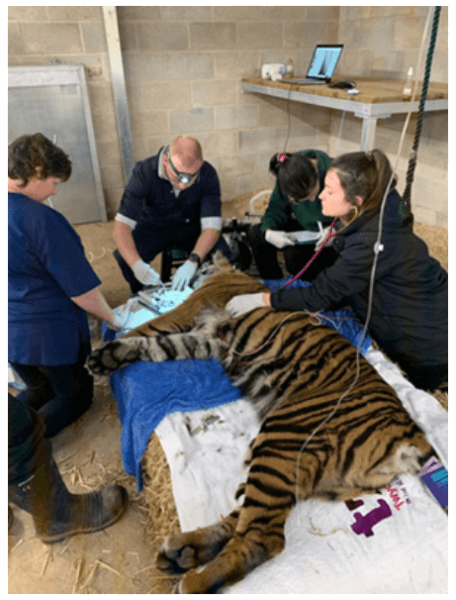
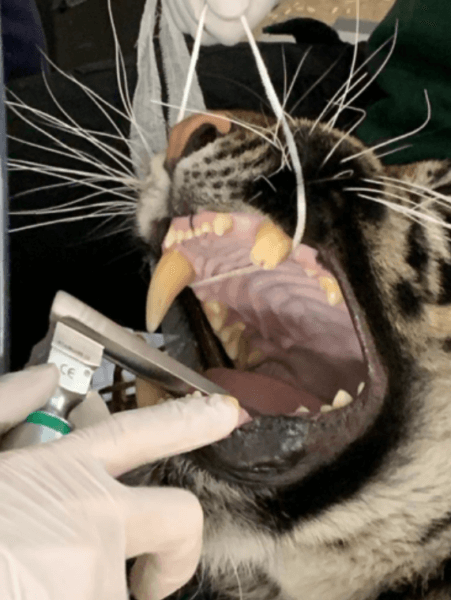

Obturation of the UL canine
The pulp extirpation from the UL canine
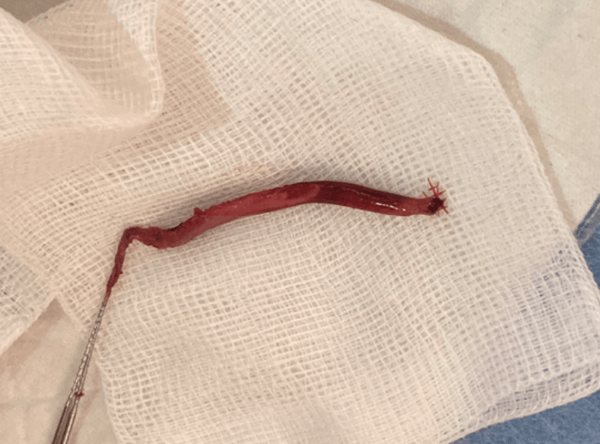
Earlier this year I was also lucky enough to travel with Matthew and Sue to Twycross Zoo to treat a beautiful 2-year-old Sumatran Tiger, Jahly and Peter the Chimpanzee.
Jahly needed two root canal treatments on fractured teeth. Unlike Milo, both the exposed pulps were large, vital and very inflamed. Pulp extirpation in these cases requires patience to gently tease the inflamed tissue from the canal. Due to the fractures the working lengths in Jahly’s canals were 56mm and 70mm long but because of her relatively young age the pulp chambers were wide with relatively thin dentine walls. Once extirpation and cleaning had been carried out the canals were obturated with gutta percha and composite restorations placed over the access cavities. Jahly recovered well and is reported to be back to her normal lively self.
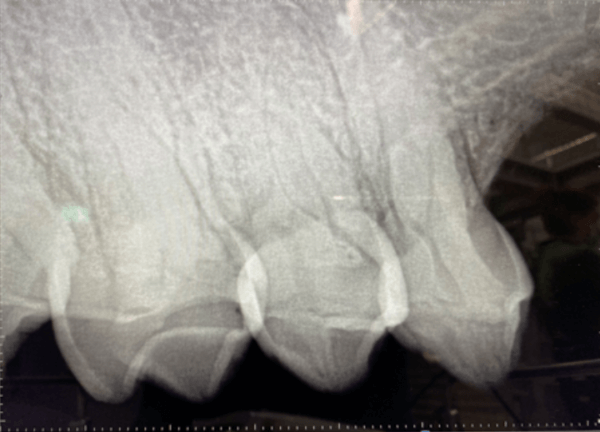
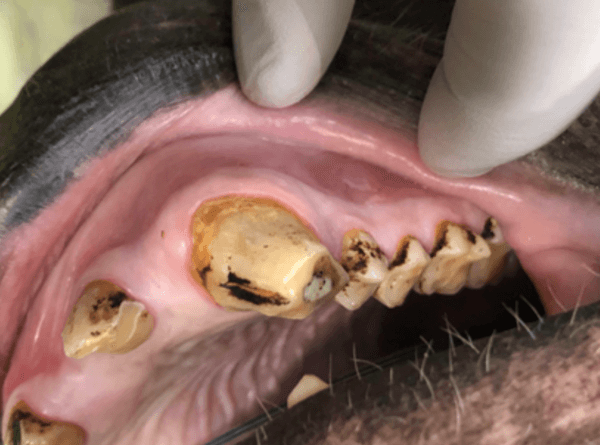
Peter, the middle-aged chimp, had endodontic treatment about 10 years ago. Just like in humans, these cases need follow-up care and assessment so whilst Peter was having a general anaesthetic for some medical tests, we reviewed his teeth and took some radiographs. The root treatment appeared to be doing well and no further treatment was required.
I am very grateful to have been able to help out on these zoo days and consider it a huge privilege to have experienced these magnificent animals close up – really close up!
Peter the chimpanzee
